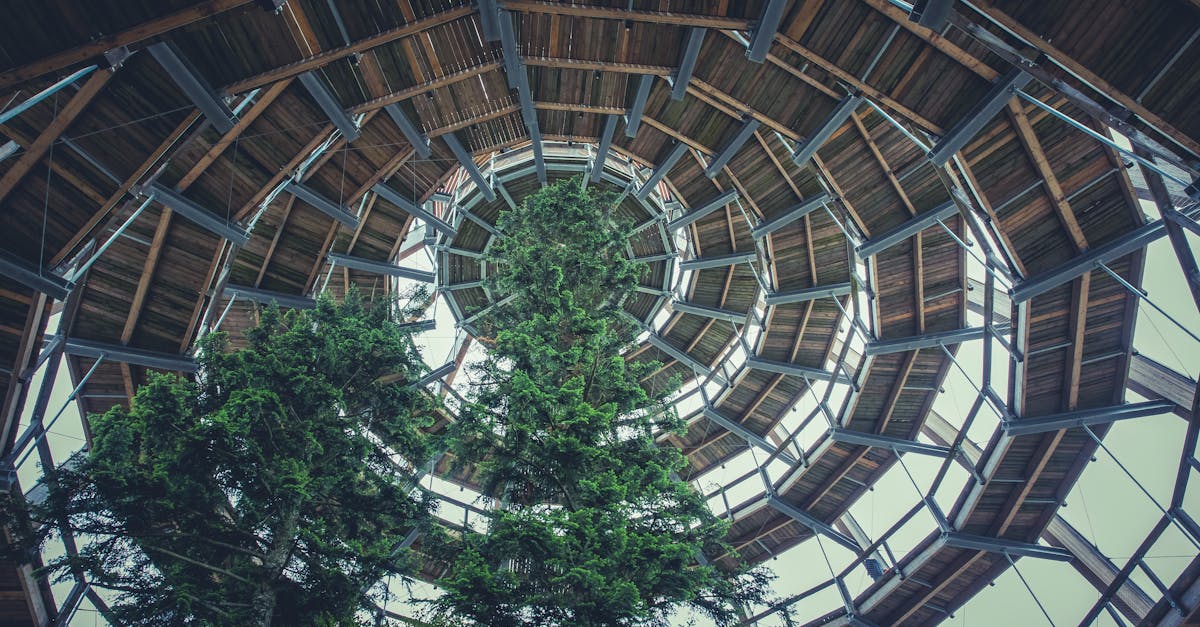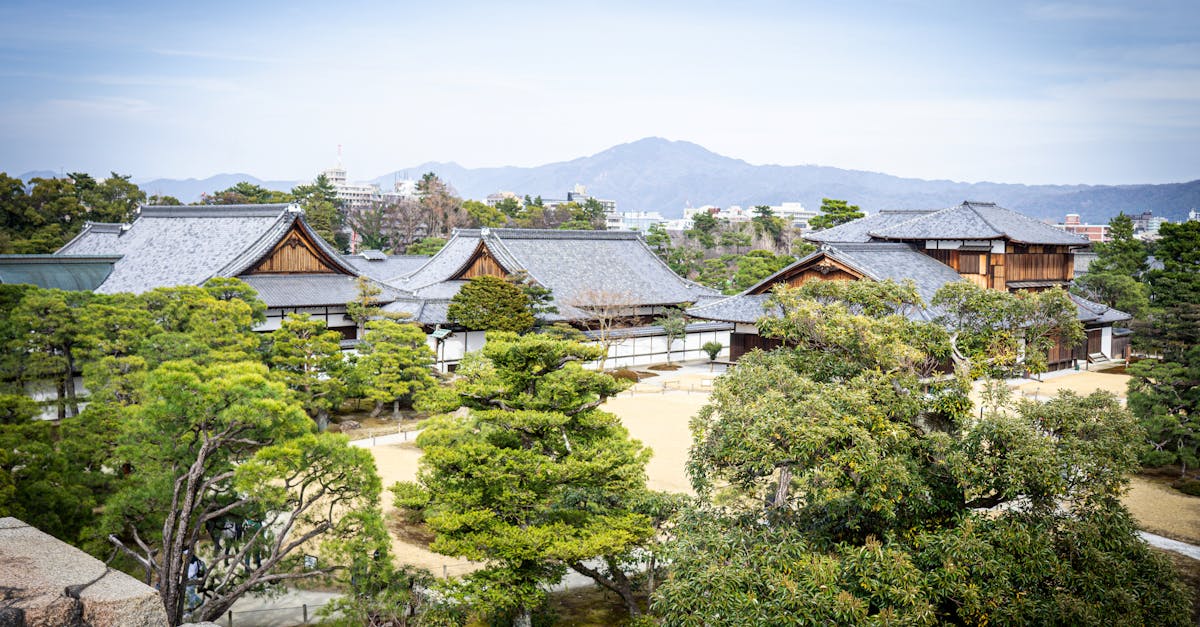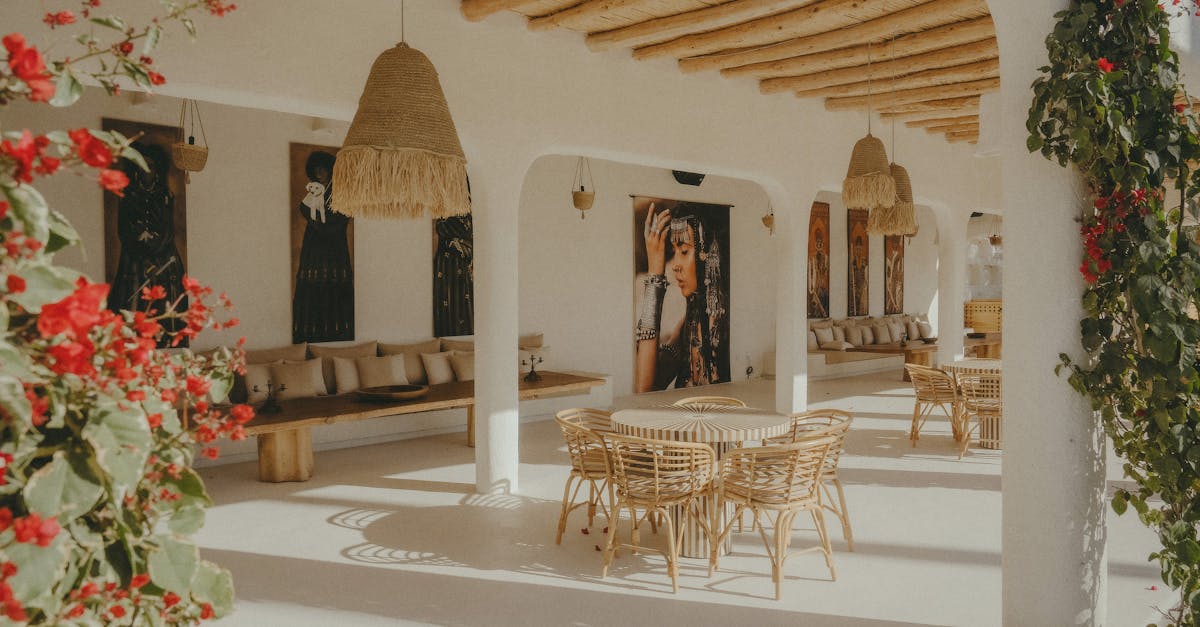Imagine stepping onto your rooftop and entering a sanctuary where nature meets modern design. A biophilic roof does just that by integrating natural elements into urban spaces. You’re not only adding aesthetic beauty but also promoting social connections and enhancing mental health. Discover the essential tools needed to create these green havens and transform any roof into an engaging, comfortable space that thrives with natural elements like vibrant plants and decking systems.
With the right tools and knowledge, you can embrace sustainable architecture that supports eco-design principles. Picture using natural roofing materials to craft a roof that contributes to human health and productivity. Your architectural approach can lead to more satisfied clients and better environmental awareness. Think about how fostering interaction and collaboration in outdoor spaces can positively impact the community.
Ready to delve into the world of roof garden trends and biophilic design practices? Explore how these nine must-have tools can elevate your architectural projects. Let’s dive in and bring the beauty of nature to your rooftop!

Photo provided by Markus Spiske on Pexels
Throughout the story
1. Design Software
When you’re planning a biophilic roof, design software is your best friend. It helps you visualize and customize your ideas before building. Imagine trying to integrate biophilic design principles without seeing them first. Design software allows you to try different layouts and styles, ensuring everything fits perfectly. Plus, it saves you time and reduces costly mistakes.

Photo provided by Olga Prokofjeva on Pexels
2. Natural Materials Database
Accessing a natural materials database is a game-changer. You can find the best natural roofing materials that suit your project. These databases provide valuable information about eco-design roofs materials and their benefits. This means you can select materials that are not only sustainable but also enhance your roof’s overall look.

Photo provided by Boris Dahm on Pexels
3. Structural Analysis Tools
To ensure the safety and stability of your design, structural analysis tools are crucial. You don’t want your roof to collapse or cause any harm. These tools allow you to test different aspects of the structure, ensuring it’s strong enough to support the design. They’re essential for every architect working with a biophilic roof.

Photo provided by Bjorn Pierre on Pexels
4. Water Management Systems
Managing water sustainably is key for any biophilic roof. Water management systems help you integrate solutions that use water efficiently. They prevent waterlogging and promote sustainability. With these systems, you can enhance the roof’s eco-friendliness and ensure it remains functional, even during heavy rainfall.

Photo provided by Nuria Tellez on Pexels
5. Eco-Friendly Insulation Options
Choosing the right insulation is vital for green roofing. There are many eco-friendly insulation options available today. These options can improve your roof’s energy efficiency, keeping indoor temperatures comfortable. Selecting the right insulation ensures your roof not only looks good but also performs well throughout the year.

Photo provided by Sérgio Souza on Pexels
6. Plant Selection Guides
A biophilic roof often features a rooftop garden, and plant selection is crucial. Plant selection guides help you choose plants that thrive in your region’s climate. They ensure your garden remains vibrant throughout the year. By selecting the right plants, you can follow roof garden trends effectively.

Photo provided by casa lalla takerkoust on Pexels
7. Biophilic Roof Maintenance Plans
Maintaining your biophilic roof is just as important as building it. Maintenance plans guide you through keeping your roof in top condition. They include tips for caring for plants, checking structural elements, and ensuring long-term performance. With a maintenance plan, your roof will remain a beautiful, sustainable part of the building.

8. Climate Analysis Software
Understanding climate impacts is crucial for sustainable architecture. Climate analysis software helps you assess how weather affects your design. This tool aids in making informed decisions about materials and design strategies. By using this software, you’re better prepared to handle any weather-related challenges your roof may face.

Photo provided by Alex Staudinger on Pexels
9. Lighting Design Tools
Optimizing natural light on eco-design roofs is vital. Lighting design tools help you create spaces that maximize natural light. They allow you to design openings and reflective surfaces to reduce artificial lighting needs. With these tools, your biophilic roof will be brighter, more inviting, and energy-efficient.
Empower Your Architectural Journey
Diving into natural roofing solutions offers you numerous benefits. You can create eco-friendly and sustainable buildings that promote health and well-being. The tools and techniques you’ve looked at enhance both productivity and creativity by integrating natural elements into your designs. These benefits foster a connection with the environment, making spaces more engaging and vibrant.
Now, you can start with simple steps to bring these ideas to life. Begin by exploring materials that suit your design needs. Experiment with different tools and methods to find what fits best. Remember, every step towards using green materials and eco-design roofs brings you closer to achieving a harmonious balance with nature.
Join the movement towards sustainable architecture. Take the leap and apply these strategies in your next project. You hold the power to design spaces that positively impact both people and the planet. Let’s build a greener world together!
